Ever found yourself staring at a wall of Merrell barefoot shoes, wondering, “What’s the real difference between the Vapor Glove and Trail Glove?”
You’re not alone. I’ve run and walked in both, and while they sit side by side on the shelf, the experience underfoot couldn’t be more different.
Let’s break it down and settle the Vapor Glove vs Trail Glove.
Affiliate Disclosure: By clicking through the links on this page and purchasing the products, you’ll be helping me out. This is done because I receive a kickback from the sellers at no extra cost to you! Thank you so much for supporting us!
The Vapor Glove hugs the foot in a way that’s closer to socks than shoes. This is Merrell’s most minimal offering, and it shows in the fit. The upper is thin, flexible and almost disappears as you tighten the laces. For average feet, it’s snug without being constricting. If you’ve got wider feet, you may feel some pressure, especially around the midfoot—a recurring note in my experience and from the barefoot community.
Which minimal running shoe is for you?
Take a quick 5-question quiz to identify the perfect minimal running shoe for your feet! You'll get both road and trail options based on your answers!
Trail Glove has a more locked-in feel with a touch more structure. Slip it on, and the first thing you notice is a bit more stiffness. The width up front is actually slightly narrower than the Vapor Glove, likely due to the tougher materials used. If you’ve got a wide splay, you’ll probably wish for an extra few millimeters up front—I know I did.
Sizing is true in both, but consider going up half a size if you’re between lengths. I found the Vapor Glove has a bit less margin for error—if you’re at the upper limit of your size, your toes might touch the mesh during steep descents. Go a half size up if you plan to wear thicker socks or just prefer more room for toe splay.
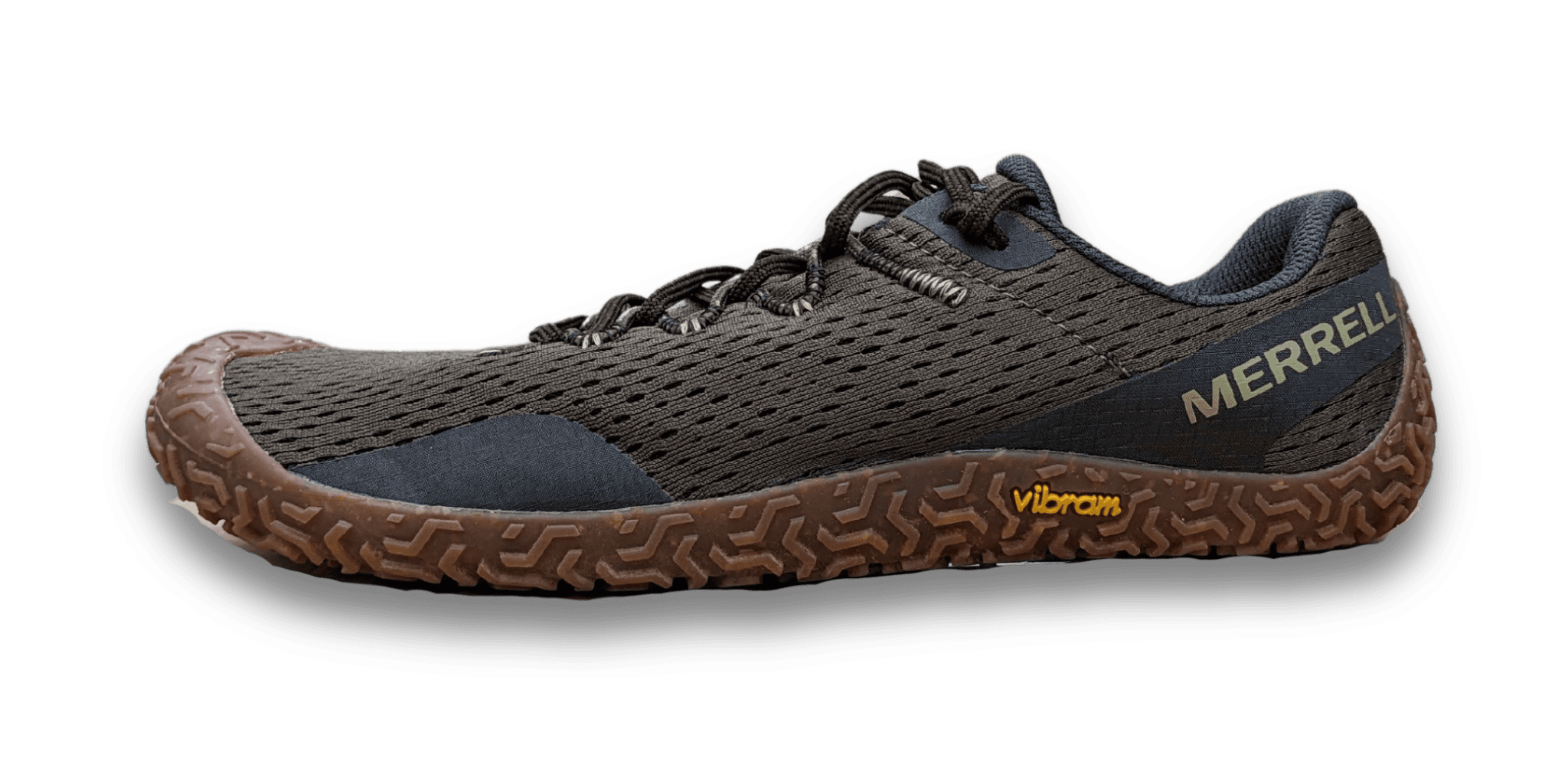
Merrell Vapor Glove 6
Vapor Glove is the definition of barefoot feel—zero drop, ultra-flexible, and max ground feedback. The 6mm stack height offers hardly any protection between your foot and the earth. You feel every pebble, twig, or crack in the pavement, which is precisely what makes this shoe a cult classic for natural runners and gym-goers alike. No midsole, no rock plate—just your feet and the world.
Trail Glove strikes a balance, offering just enough cushion and protection for rocky singletrack. It’s also zero drop, but with a 14mm stack height, a thin but dense layer of foam, and a minimal flex plate. You still get some feedback from the ground, but not the ouch factor from sharp rocks or roots. I found it let me pick up a bit more speed on technical trails without worrying about bruised heels—a big plus for longer miles off-road.
Although the shoe comes with no arch support, it may still feel supportive due to its narrow width. This is more noticeable in the Trail Glove due to the structured nature of the shoe. To me, it almost feel like arch support, which is not a feeling I love. Because the Vapor glove is much more supple, this feeling were less pronounced.
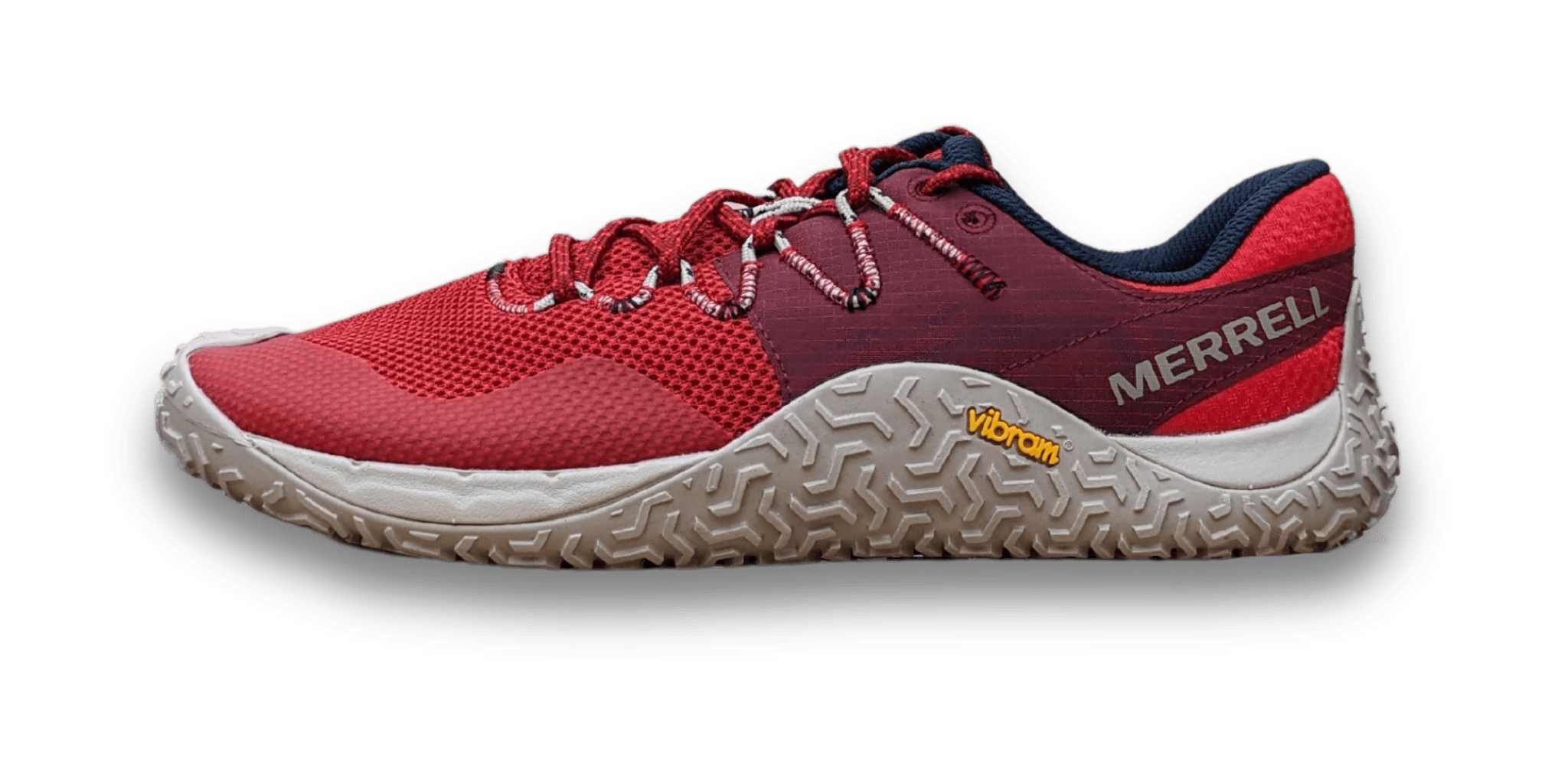
Merrell Trail Glove 7
Vapor Glove’s upper is all about breathability and flexibility. The mesh, while thin and fragile, requires careful use. The tongue is minimal—little padding to speak of, but still comfortable.
Trail Glove’s upper brings more structure and protection, at the cost of a little flexibility. There’s significantly more overlay around the midfoot and heel, adding a touch of rigidity that helps with stability on uneven ground. The tongue is padded, and the entire shoe feels more “put together” in your hand. In very hot weather or on creek-crossings, the Trail Glove dries a bit slower and holds onto a touch more moisture than the Vapor Glove’s featherweight mesh.

Merrell Vapor Glove 6
Vapor Glove uses a Vibram outsole, ideal for streets and groomed trails. The tread is a low-profile pattern—almost flat—which gives excellent grip on dry pavement and indoor gym floors. They’re not designed for mud, loose gravel, or slick conditions, so be wary if you’re using these in the wet.
Trail Glove sports a similar outsole, but what feels to be a slightly tougher compound. The Vibram compound is slightly tougher and less flexible, meaning it’ll grip in those trail situations a little better. While it can still handle pavement, I would choose the Vapor Glove instead for this purpose.

Merrell Trail Glove 7
Due to its ultralight construction, the Vapor Glove is likely to break down more quickly. The minimalist mesh holds up better than expected, although repeated use on rocky trails will eventually break it down. My advice would be to choose this shoe only when it makes sense. No intense CrossFit or rough trails. Stick to road running or easy gym days.
Trail Glove is built with more trail abuse in mind, thanks to reinforced overlays and a tougher outsole. The added upper structure means the shoe keeps its shape for hundreds of miles. The outsole wears slowly, even on mixed surfaces, and the overlays protect high-abrasion points. In my experience, I believe the Trail Glove would outlast the Vapor glove due to the protective features.

Merrell Vapor Glove 6
Whether you lean toward Vapor Glove’s barely-there ground feel or Trail Glove’s slightly more robust protection comes down to where, how, and why you run.
Vapor Glove provides barefoot feedback and total flexibility, but be cautious on rough terrain.
Trail Glove offers protection and grip when the surface gets unpredictable, but it feels very restrictive for wider feet.
Value and Use Cases
Both shoes sit at the reasonable end of the minimalist shoe spectrum. I paid $60 for my pair of Vapor Gloves! That said, get the shoe that best fits your actual routine:
- Vapor Glove: Road runs, city walks, gym, travel, and low-impact trails.
- Trail Glove: Rugged paths, rocky singletrack, short-to-medium trail runs, and wet/dry mixed conditions.
If you’re the kind of runner who wants to feel every contour of the earth beneath your feet, the Vapor Glove is a game-changer.
If you prefer a tighter, more secure fit, the Trail Glove could be a great trail companion for your outings.
Questions or thoughts about the Vapor Glove or Trail Glove? Drop them in the comments below—I read every one and I’m always happy to help you find your perfect fit.

Merrell Vapor Glove 6

Merrell Trail Glove 7
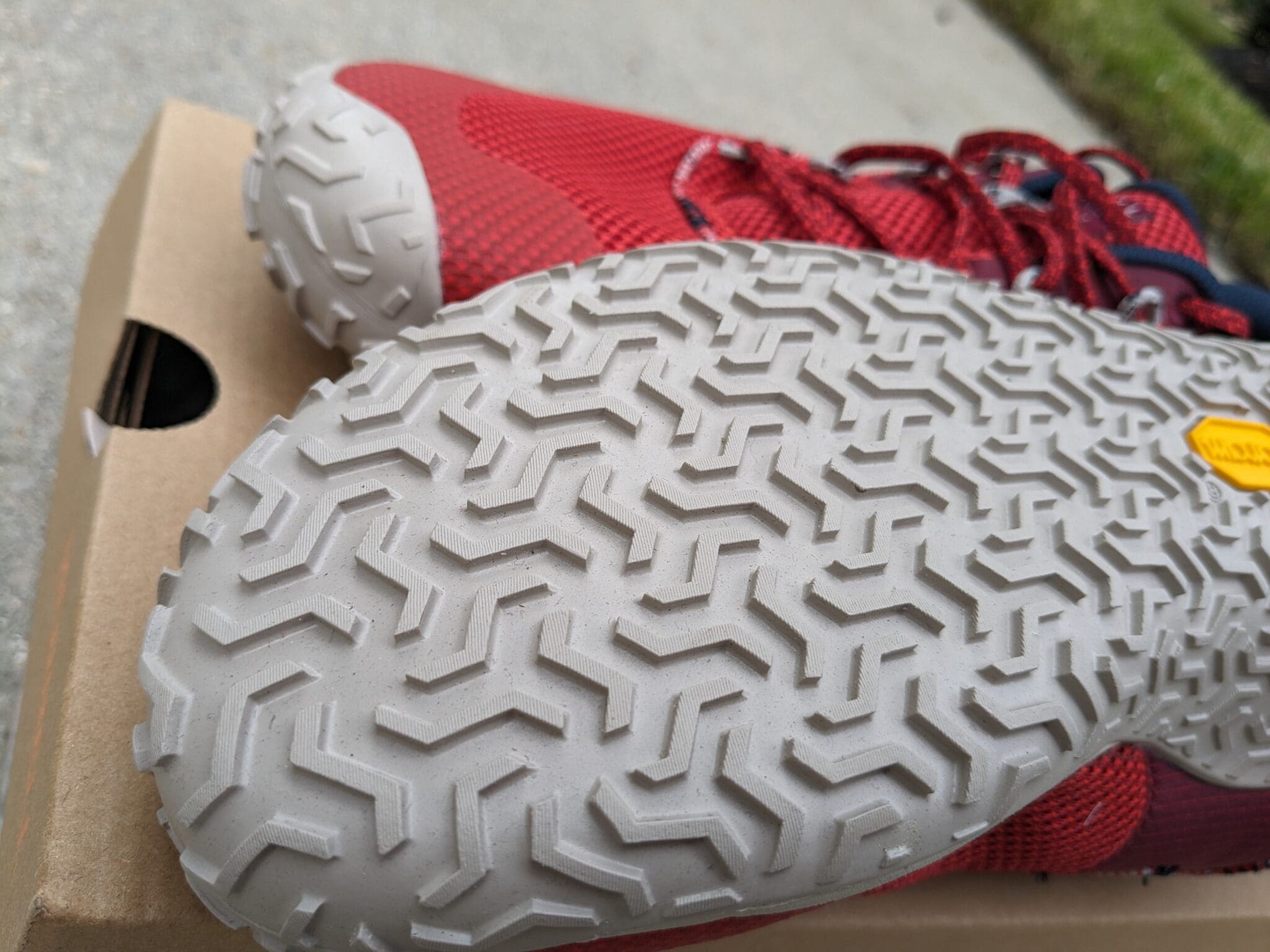
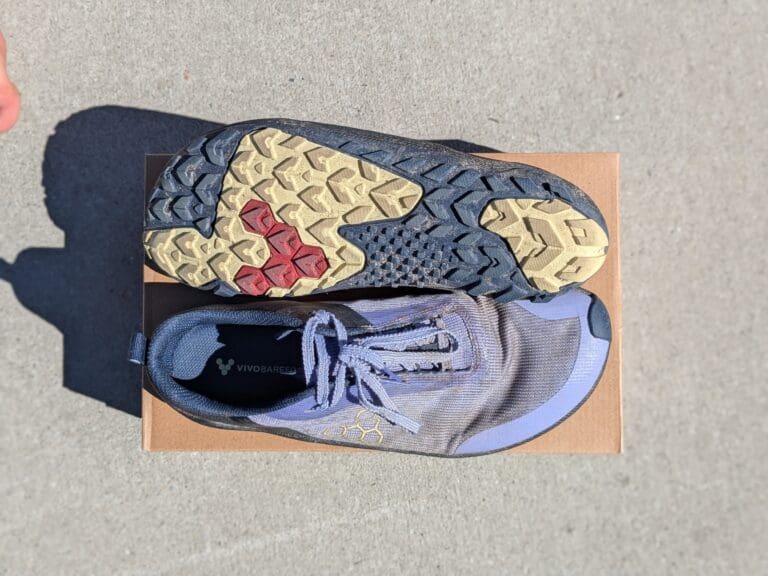
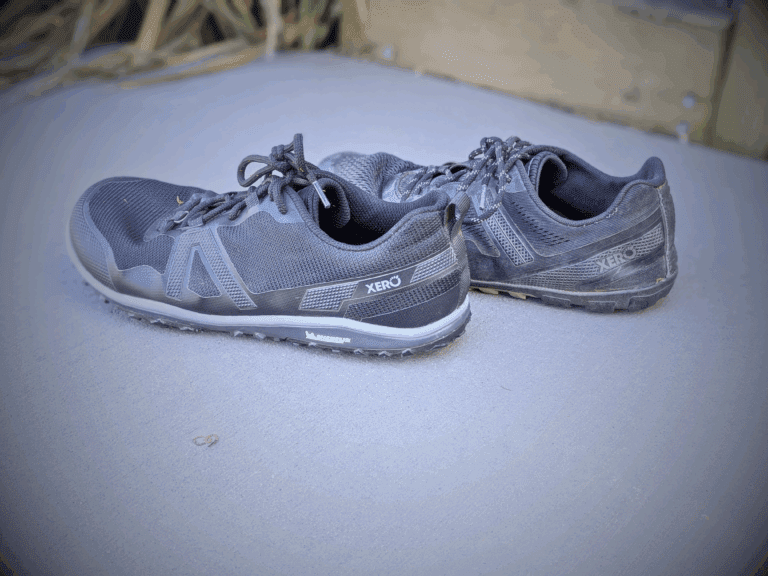
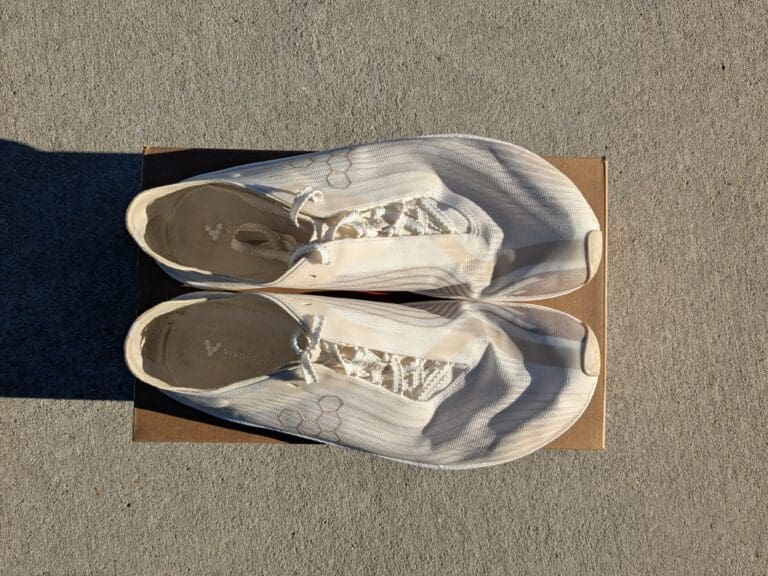
I’ve had two pairs of Vapor Glove and love the fit and feel, but wouldn’t buy again due to how quickly the outsole wears through. Each pair lasted less than 3 months and weren’t used on rough trails. Mainly tarmac and limestone tracks. The only use I feel they are suitable for is running on dry grass or occasional walks on forest trails. A real shame as I’ve worn Merrell’s for years and have been my go to make for a number of years. Now back with Vivobarefoot and trying some Xero models.
Arh yeah. That makes sense. The outsole does seem very soft. For the price, they’re great, but for sure not made for longevity.
Thanks for the review, really useful 🙂